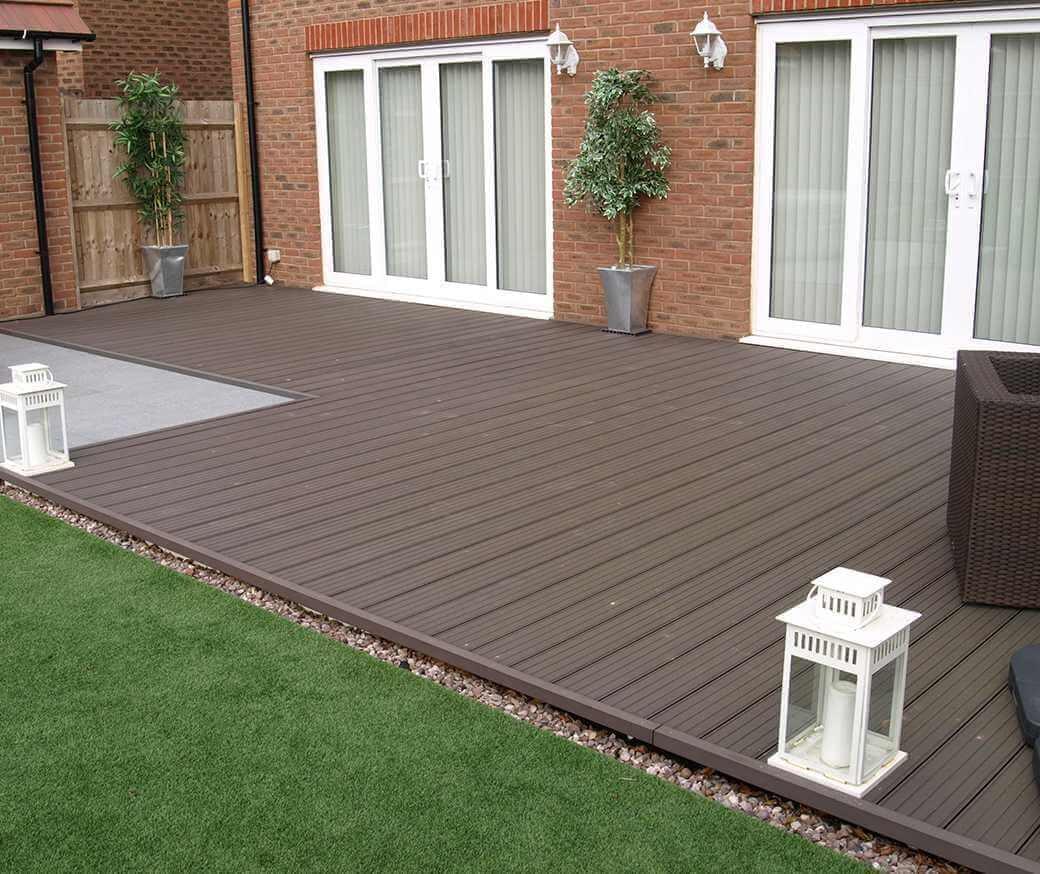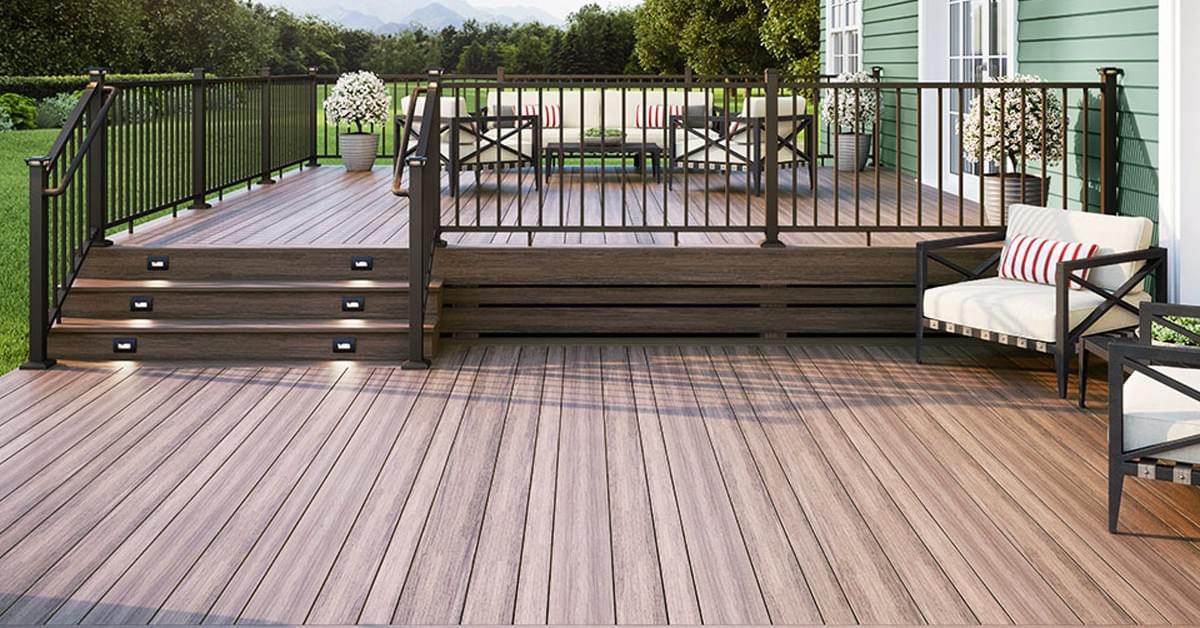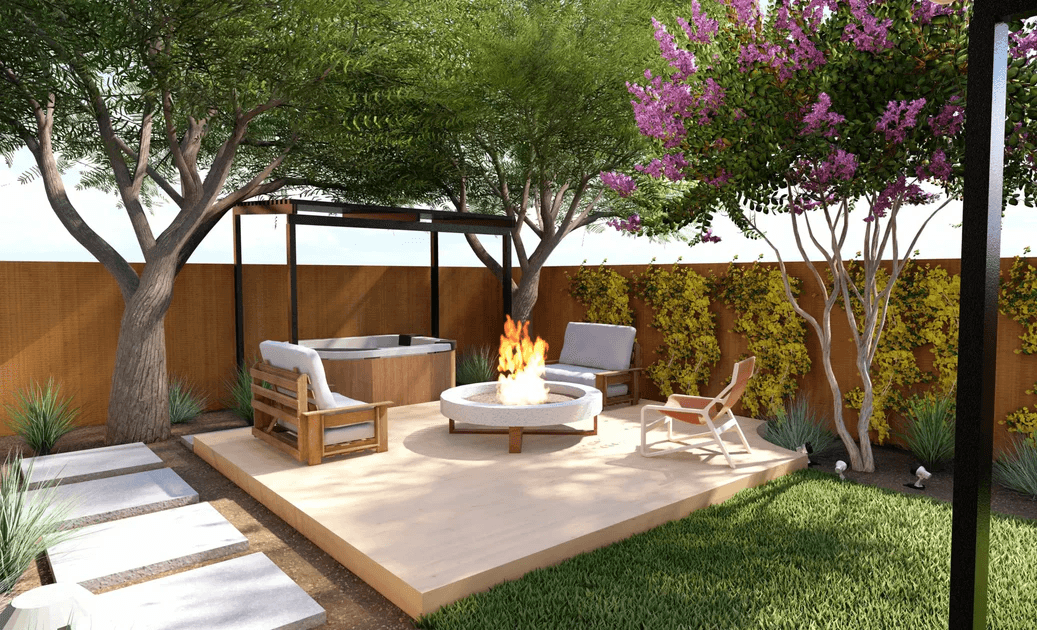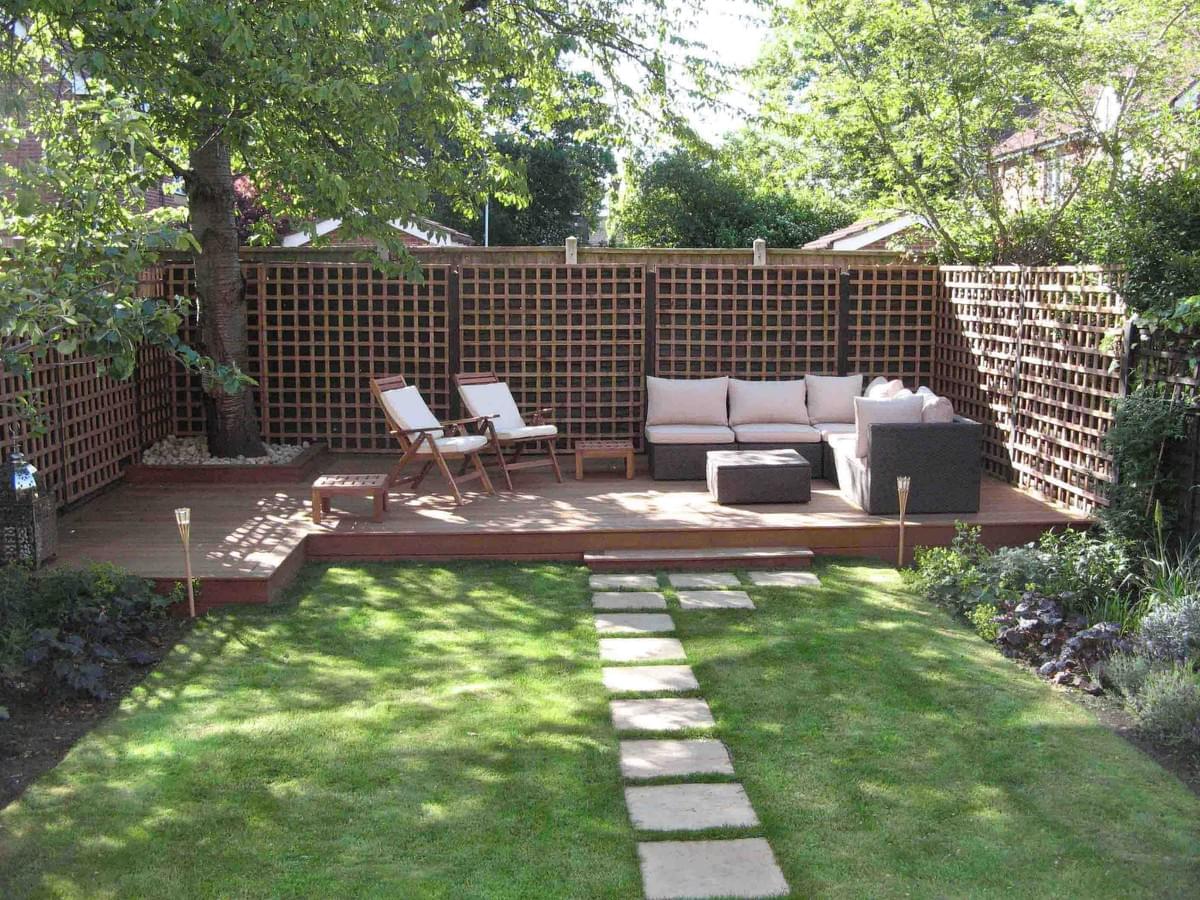Introduction
In the world of building materials, understanding the nuances between solid core and solid composite core is essential for making informed choices. These two types of materials have distinct properties, applications, and benefits that can significantly impact your projects. As we delve into this comparison, it becomes clear why discerning the differences between solid core vs solid composite core is more than just a technical exercise; it’s about choosing the right material for durability and aesthetics.
Understanding Solid Core and Solid Composite Core
So, what is solid composite core? Solid core materials are typically made from a single type of substance, offering robustness and strength for various applications. In contrast, solid composite cores combine different materials to achieve enhanced performance characteristics while maintaining structural integrity. This fundamental difference sets the stage for deeper exploration into their respective advantages and uses in today’s market.
The Rise of Composite Materials
The rise of composite materials has transformed industries by providing innovative solutions that often outperform traditional options. With advancements in technology, these materials have become increasingly popular due to their versatility and cost-effectiveness. As we compare solid core vs solid composite core, it’s important to recognize how this evolution reflects broader trends in material science aimed at sustainability and efficiency.
Why This Comparison Matters
Understanding what is the difference between solid core and solid core MDF can help clarify which material best suits specific needs—be it construction or design-related projects. Additionally, knowing whether wood or composite options like these provide better performance can influence decisions in both residential and commercial settings. Ultimately, this comparison matters because selecting the right material impacts not only functionality but also long-term maintenance costs and aesthetic appeal.
What is Solid Core?

When diving into the world of materials, solid core often comes up as a prominent choice for various applications. Solid core materials are crafted from a single, dense material, which gives them unique properties that set them apart from their composite counterparts. Understanding what solid core entails helps in making informed decisions when comparing solid core vs solid composite core options.
Defining Solid Core Materials
Solid core materials are essentially constructed from a homogeneous mass, typically made of wood or engineered wood products like MDF (Medium Density Fiberboard). This design allows for consistent density throughout the material, resulting in enhanced stability and strength. In contrast to layered or hollow structures found in some composites, solid cores provide a robust solution that can withstand significant wear and tear.
Advantages of Solid Core Solutions
One of the standout advantages of solid core solutions is their durability; they resist warping and damage better than many alternatives. Additionally, because they don’t rely on adhesives or layers that may degrade over time, these materials tend to have longer lifespans. Furthermore, solid cores often offer superior sound insulation compared to their composite counterparts, making them ideal for applications where noise reduction is crucial.
Popular Applications of Solid Core
Solid core materials find their way into numerous applications across various industries due to their strength and reliability. They are commonly used in the construction of doors—particularly interior doors—where durability and soundproofing are essential factors. Beyond doors, you’ll also find solid cores utilized in furniture manufacturing and cabinetry, showcasing versatility while standing strong against everyday use.
What is Solid Composite Core?

Solid composite core materials are an innovative blend of various substances designed to deliver the best of both worlds—strength and versatility. These materials typically consist of a combination of wood fibers, plastic resins, and other additives that enhance their durability and performance. When we ask, What is solid composite core? it’s important to recognize that these materials are engineered for specific applications, offering unique advantages over traditional solid core options.
Defining Solid Composite Core
At its core (pun intended), solid composite core refers to a construction material made from a mix of wood and synthetic components, creating a robust structure that can withstand various environmental conditions. This definition sets the stage for understanding how solid composite cores differ from their solid counterparts, especially when considering the question: What is the difference between solid core and solid core MDF? While both types provide strength and stability, the composite version often includes enhanced moisture resistance due to its plastic components.
In essence, solid composite cores are designed not just for aesthetics but also for performance in demanding situations. They are used in applications ranging from flooring to cabinetry and even outdoor structures where exposure to moisture is a concern. The ability to tailor these materials makes them an attractive choice in modern construction.
Benefits of Using Solid Composite Core
The benefits of using solid composite core materials are numerous and compelling. First off, they offer superior durability compared to traditional wood products; they resist warping, cracking, or splitting under pressure or exposure to moisture—making them ideal for areas prone to humidity or temperature changes. Additionally, when we compare solid core vs solid composite core options, it becomes clear that composites require less maintenance over time due to their resilient nature.
Another significant advantage is sustainability; many manufacturers produce these composites using recycled materials or by-products from other industries. This eco-friendly approach appeals not only to environmentally conscious consumers but also provides an opportunity for cost savings in material sourcing. The versatility offered by these materials allows designers and builders alike more creative freedom while ensuring functional integrity.
Real-world Examples of Solid Composite Core
Real-world examples abound where the benefits of solid composite cores shine through spectacularly! Take modern decking solutions as an example; companies like Composite Decking Inc have revolutionized outdoor spaces with products made from this innovative material—offering homeowners stunning aesthetics without sacrificing durability or requiring extensive upkeep. Similarly, interior designers often choose cabinets made with a solid composite core because they provide both style and strength without the drawbacks associated with natural wood.
In commercial settings too, you’ll find doors crafted from this material making their mark—combining sleek design with long-lasting performance while answering the question: Which is better—a wood or composite door? The answer often leans towards composites due to their resistance against wear and tear compared with traditional wooden doors that may need frequent refinishing or replacement.
Solid Core vs Solid Composite Core: Key Differences

When it comes to choosing between solid core and solid composite core materials, understanding their fundamental differences is crucial. Both options offer unique advantages depending on your specific needs, but what sets them apart? Let’s dive into the key distinctions that will help you make an informed decision.
Comparing Material Composition
In the battle of solid core vs solid composite core, material composition plays a pivotal role in determining performance and suitability. Solid core materials are typically made from a single type of substance, often wood or high-density fiberboard, which provides a robust and sturdy structure. On the other hand, solid composite cores combine various materials—most commonly wood fibers and synthetic resins—resulting in a product that boasts enhanced durability and resistance to environmental factors.
Moreover, the blend of materials in solid composite cores allows for greater versatility in applications compared to traditional solid core options. This means that when asking What is solid composite core?, think of it as a hybrid solution designed for modern challenges while retaining some characteristics of natural wood. Understanding these differences can help clarify what is the difference between solid core and solid core MDF as well; MDF often utilizes similar principles but focuses on engineered wood products specifically.
Performance and Durability Factors
Performance-wise, both types have their merits but cater to different needs. Solid cores are revered for their strength and longevity; they tend to withstand wear-and-tear better than many alternatives due to their dense composition. However, when considering durability under moisture or temperature fluctuations, many find that the advantages of a solid composite core shine through—these materials resist warping and splitting much more effectively than traditional wood.
Furthermore, if you're pondering which is better—a wood or composite door—the answer often hinges on where you plan to install it. For exterior applications where exposure to elements is inevitable, opting for a solid composite may be wise due to its superior resistance factors compared with conventional wooden doors or even some MDF solutions. In essence, knowing how each material performs can guide you toward making choices that align with your lifestyle needs.
Aesthetic Considerations
Aesthetics also play an essential role in deciding between these two types of cores. Solid cores generally provide an authentic look reminiscent of traditional wood grain finishes that many homeowners adore; they offer warmth and character unmatched by synthetic alternatives. However, with advancements in technology, modern finishes on solid composite cores can closely mimic these aesthetics while delivering superior functionality.
When examining visual appeal alongside performance features like durability or maintenance requirements—what is the difference between these two options becomes clearer? If you're after elegance without compromising resilience against weather conditions or pests, then investing in a high-quality solid composite could be your best bet for long-term satisfaction without sacrificing style. Ultimately, your choice should reflect both personal taste and practical considerations based on where these materials will be used.
Solid Core MDF: What’s the Difference?
When discussing solid core materials, it’s essential to delve into Solid Core MDF (Medium Density Fiberboard) to understand its unique attributes. This material has gained popularity for various applications, but how does it stack up against other solid core options? Let’s explore what makes Solid Core MDF distinct, its benefits and drawbacks, and where it fits into the broader conversation of solid core vs solid composite core materials.
Understanding Solid Core MDF
Solid Core MDF is a type of engineered wood product made from wood fibers bonded together with adhesives under heat and pressure. Unlike traditional MDF, which can be less dense and more prone to damage, Solid Core MDF offers increased durability and stability. This makes it an appealing choice for applications where strength is crucial—think doors, cabinetry, and decorative panels.
In the context of “What is solid composite core?”, it's important to note that Solid Core MDF differs in composition; while both are engineered products, Solid Core MDF relies solely on wood fibers rather than a mix of materials like plastics or resins found in some composite cores. This distinction leads us to examine the nuanced differences between solid core and solid core MDF in terms of performance characteristics.
Pros and Cons of Solid Core MDF
Like any material, Solid Core MDF comes with its own set of advantages and disadvantages that merit consideration. One significant benefit is its superior sound insulation properties; if you need a quieter space, this material excels at dampening noise compared to hollow-core options or even some composites. Additionally, its uniform surface allows for smooth finishes—perfect for painting or veneering.
However, there are downsides as well; one major con is its susceptibility to moisture damage if not properly sealed. While it's stronger than regular MDF, it still doesn't match the durability offered by some solid wood options or high-quality composites when exposed to environmental stressors. So when pondering “Which is better—a wood or composite door?” keep in mind that each option has unique strengths depending on your specific needs.
Usage Scenarios for Solid Core MDF
Solid Core MDF finds itself at home in various scenarios thanks to its balance of aesthetics and functionality. It’s commonly used in interior doors where sound insulation is paramount—making it ideal for bedrooms or offices where privacy matters most. Additionally, it's often chosen for cabinetry because it provides a sleek look without breaking the bank.
You might also encounter this material in furniture production where weight considerations come into play; lighter than solid wood yet robust enough for everyday use makes it a go-to option for many designers today. As we continue comparing materials like “What is the difference between solid core and solid core MDF?”, we see how understanding these distinctions can help guide informed decisions based on specific project requirements.
Wood vs Composite: Which is Better?

When it comes to choosing between wood and composite materials, the debate often boils down to performance, maintenance, and cost-effectiveness. Both options have their merits, but understanding the nuances can help you make an informed decision tailored to your needs. In this section, we’ll dissect the strengths and weaknesses of each material while keeping our focus on solid core vs solid composite core.
Strength and Longevity Comparison
Strength and longevity are crucial factors when evaluating solid core vs solid composite core materials. Solid wood is renowned for its natural strength and durability, often lasting decades with proper care. However, composite materials have made significant strides in this area; they are engineered to withstand environmental stresses better than traditional wood while resisting warping or cracking.
So, what is solid composite core? It combines various materials that enhance its structural integrity while maintaining a lightweight profile. When comparing the two, it’s essential to recognize that while solid wood excels in aesthetics and a classic feel, composites offer impressive resilience against moisture and pests—attributes that can extend their lifespan significantly.
Maintenance and Care Requirements
Another important aspect of the wood versus composite debate lies in maintenance requirements. Solid wood demands regular upkeep—think sanding, sealing, or staining—to keep it looking pristine over time. On the other hand, when you consider what is the difference between solid core and solid core MDF regarding maintenance needs? Solid core MDF requires minimal upkeep; a simple wipe-down with soapy water typically suffices.
Composite materials generally require less attention than their wooden counterparts as they resist fading and don’t need painting or staining as frequently. This makes them an excellent choice for busy households or commercial applications where time-saving solutions are paramount. Ultimately, if you’re looking for convenience without sacrificing quality, composites might just edge out traditional wood.
Cost-Effectiveness Over Time
Cost-effectiveness is often at the forefront of any material decision-making process. While initial investment costs may favor traditional wood due to lower upfront prices compared to high-quality composites like those used in solid composite cores, one must consider long-term expenses such as maintenance and replacement costs over time.
Solid wood doors may seem appealing at first glance; however, if you factor in ongoing care requirements—such as refinishing every few years—the total cost can add up quickly compared to a more durable option like a composite door system designed for longevity with minimal intervention required.
In summary: when weighing which is better—a wood or composite door—you'll find that composites tend to be more cost-effective over their life cycle despite higher initial costs due to their durability and low-maintenance nature.
Conclusion
In the world of materials, understanding the distinctions between solid core and solid composite core is essential for making informed choices. Each option has its unique set of benefits and applications, catering to different needs in construction and design. Ultimately, the right choice hinges on specific project requirements, budget constraints, and personal preferences.
Key Takeaways on Material Choices
When weighing solid core vs solid composite core, it's vital to consider factors like durability, maintenance needs, and overall performance. Solid core materials offer robust strength but can be heavier and more costly compared to their composite counterparts. Conversely, what is solid composite core? It's a blend of materials designed to provide excellent durability while often being more cost-effective—making it an attractive option for many applications.
Final Thoughts on Solid Core vs Solid Composite Core
The debate over which is better—solid core or solid composite core—often boils down to individual project goals. While solid cores deliver unmatched strength and resilience ideal for high-traffic areas, the versatility of composites makes them suitable for a broader range of designs without compromising quality. Understanding what is the difference between solid core and solid core MDF can also influence decisions; MDF options are generally lighter but may lack some durability features found in traditional solids.
The Role of Companies like Composite Decking Inc in Modern Solutions
Companies like Composite Decking Inc play a pivotal role in advancing material technology by offering innovative solutions that blend both worlds: aesthetics and functionality. They specialize in products that exemplify the best characteristics of both wood and composites, ensuring customers receive top-notch quality without sacrificing style or performance. As we explore what is solid and composite wood further through these manufacturers' offerings, we can appreciate how they contribute significantly to modern building practices.
